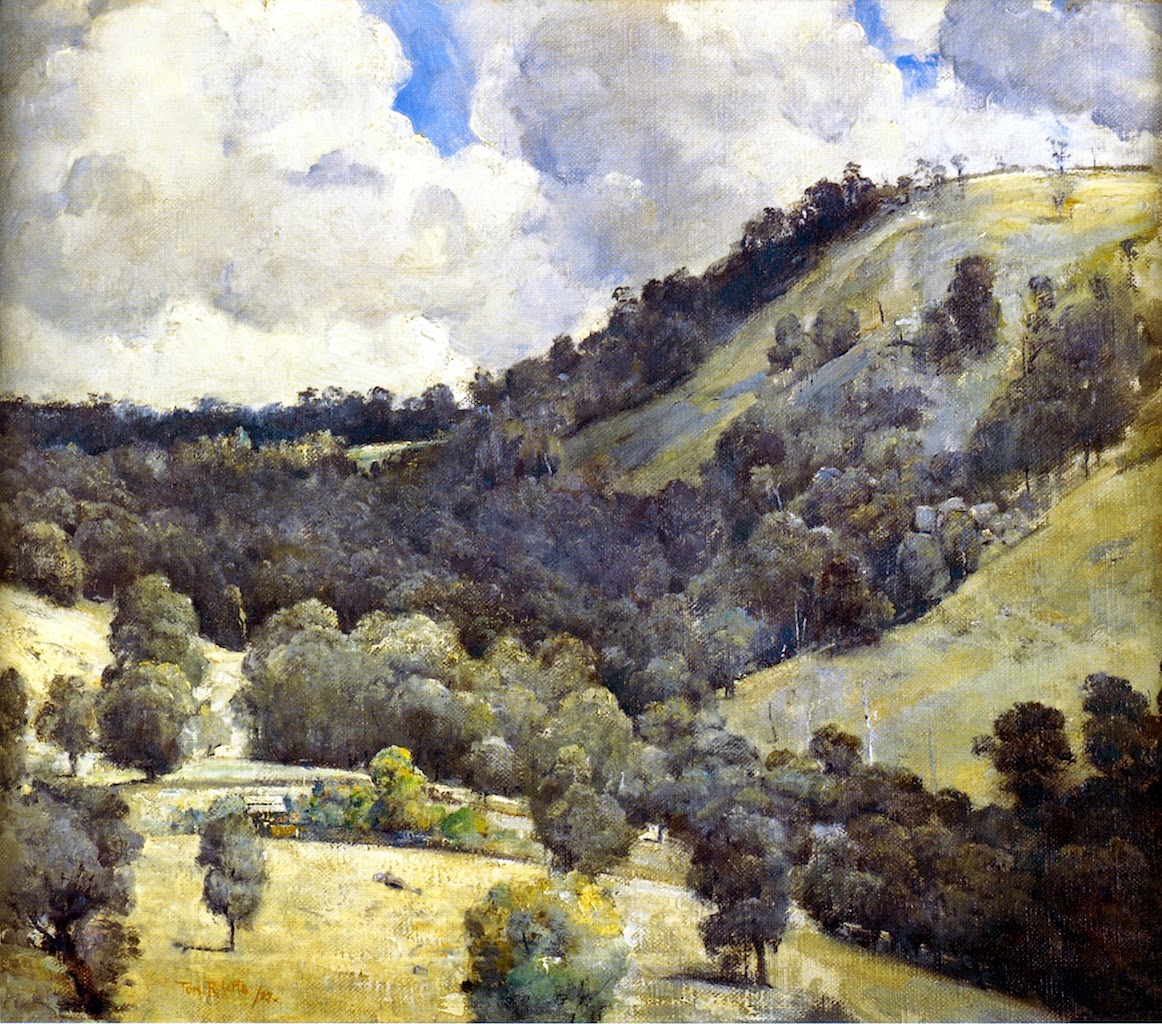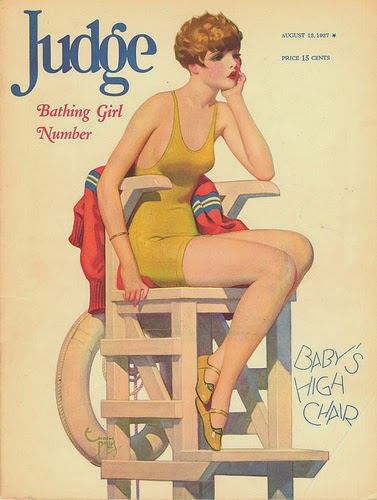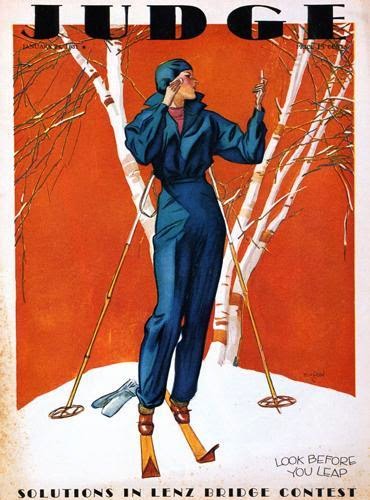Marion Margaret Violet Manners (née Lindsay), Duchess of Rutland (1856-1937) was a famed Victorian beauty who was portrayed by the likes of George Frederic Watts and James Jebusa Shannon.
But Violet (as she was generally known) was able to turn the tables, so to speak, because she made many pencil portraits of people in her social circle as well as some other noteworthy Britons. Her Wikipedia entry mentions that she had no formal art training. But, given her circumstances (her paternal grandfather was the 24th Earl of Crawford), she surely was instructed in drawing and perhaps painting as part of her education. Sources indicate that she painted portraits, but I could turn up no usable examples during one of my habitually slapdash Google searches. What I did find were plenty of images of her drawings, some of which are displayed below.
Another thing I'm not sure about is whether or not she used photographs as the basis for her drawings. Regardless, she did have a knack for capturing expressions, provided the subject displayed a demeanor other than Victorian sobriety.
Gallery
Sir Rennell Rodd, C.B., Afterwards Lord Rennel of Rodd
Lady Rodd
Lord Charles Beresford, C.B.
Marquess of Salibury, K.G.
Mrs E. Tennant, Afterwards Lady Glenconnor
Princess Trubetzkoy, neé Amelie Rives
The Duchess of Portland
Mr Rudyard Kipling
But Violet (as she was generally known) was able to turn the tables, so to speak, because she made many pencil portraits of people in her social circle as well as some other noteworthy Britons. Her Wikipedia entry mentions that she had no formal art training. But, given her circumstances (her paternal grandfather was the 24th Earl of Crawford), she surely was instructed in drawing and perhaps painting as part of her education. Sources indicate that she painted portraits, but I could turn up no usable examples during one of my habitually slapdash Google searches. What I did find were plenty of images of her drawings, some of which are displayed below.
Another thing I'm not sure about is whether or not she used photographs as the basis for her drawings. Regardless, she did have a knack for capturing expressions, provided the subject displayed a demeanor other than Victorian sobriety.
Sir Rennell Rodd, C.B., Afterwards Lord Rennel of Rodd
Lady Rodd
Lord Charles Beresford, C.B.
Marquess of Salibury, K.G.
Mrs E. Tennant, Afterwards Lady Glenconnor
Princess Trubetzkoy, neé Amelie Rives
The Duchess of Portland
Mr Rudyard Kipling




.jpg)
.jpg)


.jpg)









%2B-%2B1931.jpg)






















%2B-%2B1875.jpg)


.jpg)

















%2B-1919.jpeg)




























































































%2B-%2B1927.jpg)





































